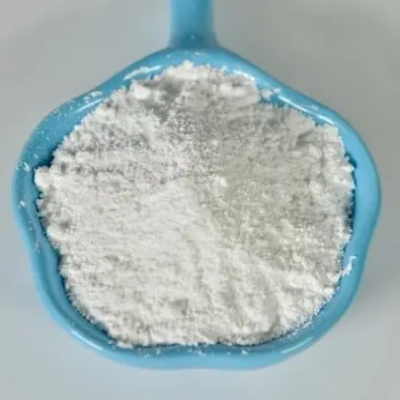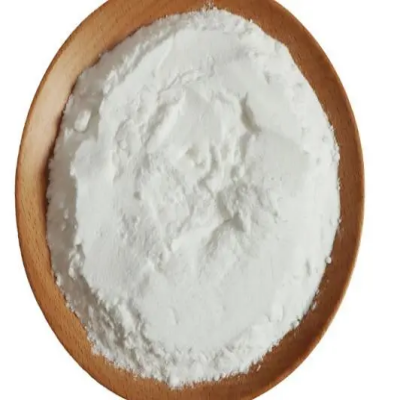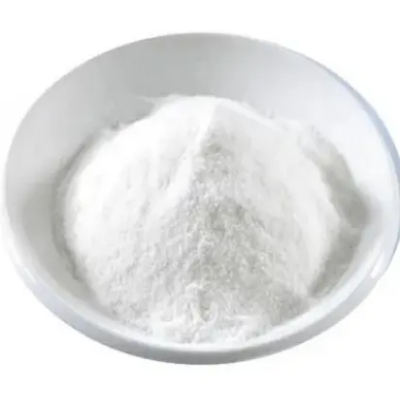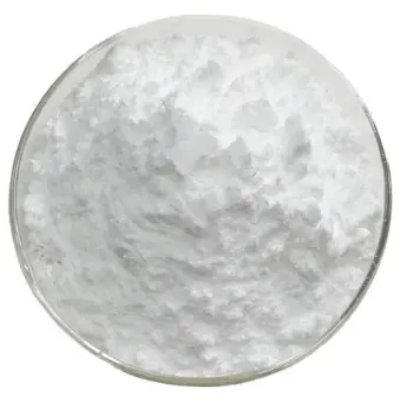6-Chloronicotinic acid CAS:5326-23-8
6-Chloronicotinic acid, with the molecular formula C₆H₄ClN₃O₂, is a member of the nicotinic acid family characterized by a chlorine substituent at the sixth position of the pyridine ring. This structural modification impacts its chemical properties, enhancing its potential utility in various scientific fields, particularly in medicinal chemistry and agrochemicals. One of the primary areas where 6-chloronicotinic acid has generated interest is in drug discovery. The compound can serve as a precursor or building block for synthesizing more complex molecules with desired pharmacological activities. The presence of the chlorine atom may influence the compound's lipophilicity, bioavailability, and interaction with biological targets. Several derivatives of chloronicotinic acids have been investigated for their anticancer, antimicrobial, and anti-inflammatory activities, positioning 6-chloronicotinic acid as a promising scaffold for developing new therapeutic agents. In addition to its medicinal applications, 6-chloronicotinic acid also holds potential in the field of agrochemicals. Compounds derived from chlorinated nicotinic acids are known to exhibit insecticidal and herbicidal properties. By modulating the structure around the chloronicotinic core, researchers aim to design selective agents that effectively control pests while minimizing environmental impact. The versatility of 6-chloronicotinic acid is further enhanced by the possibility of functionalizing its carboxylic acid group. This allows for the development of esters and amides, broadening its application scope in various chemical reactions. Despite its promising applications, safety and environmental assessments are crucial when considering 6-chloronicotinic acid for practical use. As with many chlorinated organic compounds, there may be concerns regarding toxicity and persistence in ecosystems. In summary, 6-chloronicotinic acid is an intriguing compound with significant potential in both medicinal and agricultural contexts. Its unique structural features make it a valuable starting point for synthesizing biologically active molecules, while ongoing research continues to explore its various applications and implications in improving health outcomes and crop protection.



| Composition | C6H4ClNO2 |
| Assay | 99% |
| Appearance | white powder |
| CAS No. | 5326-23-8 |
| Packing | Small and bulk |
| Shelf Life | 2 years |
| Storage | Store in cool and dry area |
| Certification | ISO. |









